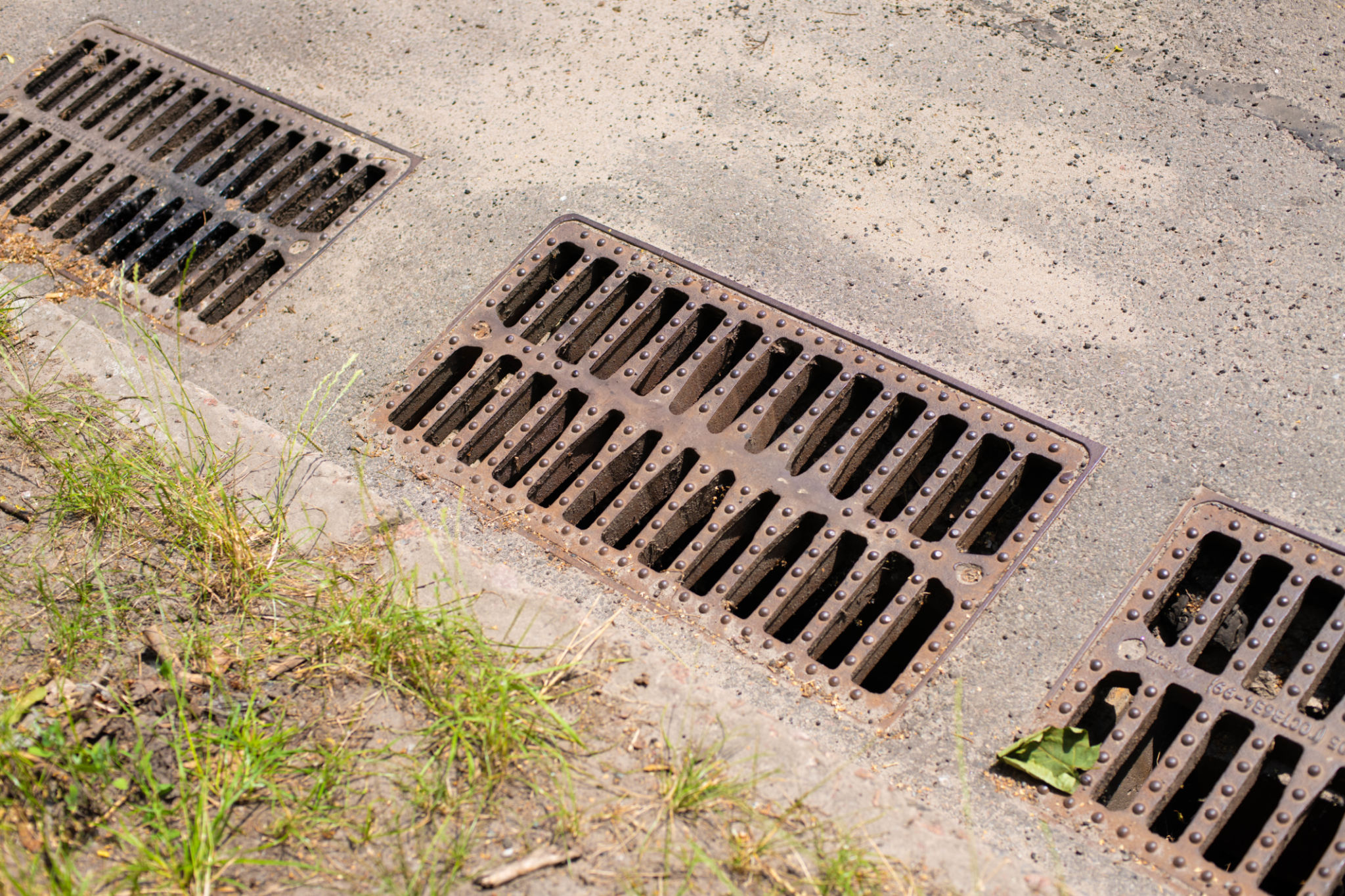Top Environmental Trends in Florida: The Rise of Bio-Swales
Understanding Bio-Swales
As Florida continues to grapple with environmental challenges, innovative solutions are emerging to combat these issues. One such solution gaining traction is the rise of bio-swales. These landscape elements are designed to concentrate and convey stormwater runoff while removing debris and pollution.
Bio-swales are essentially shallow, vegetated channels with gentle slopes. They are strategically placed to intercept water flow, allowing for natural filtration and absorption into the ground. This process not only helps in reducing surface runoff but also aids in improving water quality.

The Benefits of Bio-Swales
Bio-swales offer several advantages that make them an appealing option for environmental management in Florida. Some of these benefits include:
- Improved Water Quality: By filtering pollutants, bio-swales help maintain cleaner waterways.
- Reduced Flood Risk: They manage stormwater effectively, reducing the likelihood of flooding.
- Enhanced Aesthetics: Bio-swales can be integrated into landscapes, adding beauty and value to commercial and residential areas.
With these benefits, it's no wonder that bio-swales are becoming a popular choice for urban planners and environmentalists in Florida.
Implementing Bio-Swales in Urban Areas
Integrating bio-swales into urban infrastructure requires careful planning and design. The key is to ensure they are strategically placed in areas where they can capture the maximum amount of runoff. This often involves collaboration between city planners, engineers, and landscape architects.

Incorporating native vegetation is crucial for the effectiveness of bio-swales. Native plants are more adaptable to local conditions and require less maintenance, making them ideal for sustainable urban design. Furthermore, they provide habitats for local wildlife, promoting biodiversity.
Case Studies: Successful Bio-Swale Projects
Several cities in Florida have already implemented successful bio-swale projects. For example, in Miami, a network of bio-swales has been integrated into city parks and street medians, significantly improving stormwater management during heavy rains.
Tampa has also embraced the concept, with bio-swales incorporated into new housing developments. These projects not only help in managing stormwater but also enhance the community's aesthetic appeal while providing educational opportunities about sustainable practices.

The Future of Bio-Swales in Florida
The future looks promising for bio-swales as more communities recognize their value in environmental management. As climate change continues to impact weather patterns, the need for efficient stormwater management solutions like bio-swales will become even more critical.
With continued innovation and investment, bio-swales have the potential to transform Florida's urban landscapes, making them more resilient against the challenges posed by climate change. Their role in promoting sustainability and enhancing urban ecosystems is likely to grow in importance in the years to come.
Encouraging Public Participation
Public awareness and participation are vital for the success of bio-swale projects. Educating communities about the benefits and functions of bio-swales can foster support and involvement in maintaining these systems. Community workshops, informational signage, and school programs can play a significant role in this regard.
By involving local residents in the design and maintenance of bio-swales, Florida can ensure these green infrastructures not only serve their environmental purpose but also become cherished features of the community landscape.
